I have a brain MRI that contains slices from this angulation:

I was playing with the registration tool for brain MRI called Flirt. The code is available also for Python
I tried to use as reference MRI a brain MRI taken from another patient and with a different angulation. Here a slice taken from this MRI (all the files are in nifti format):

And now, the magic has happened. Giving the first MRI as input to the registration tool and this last MRI as Reference MRI

the result is that the output of the registration tool (Flirt) is a MRI where the slices have this angulation:

So, it seems that the registration tool extracted the angulation of the Reference MRI from the input MRI. This is incredible. How is this possible ?